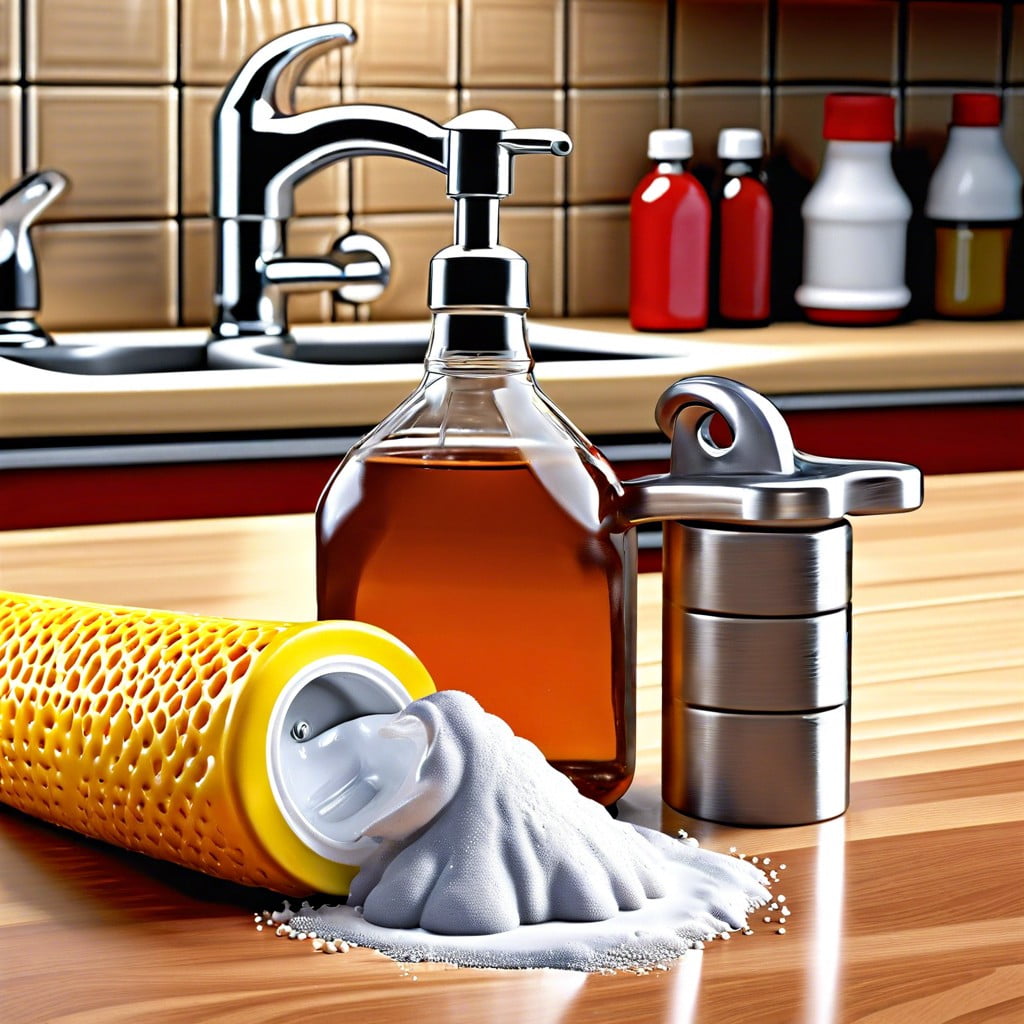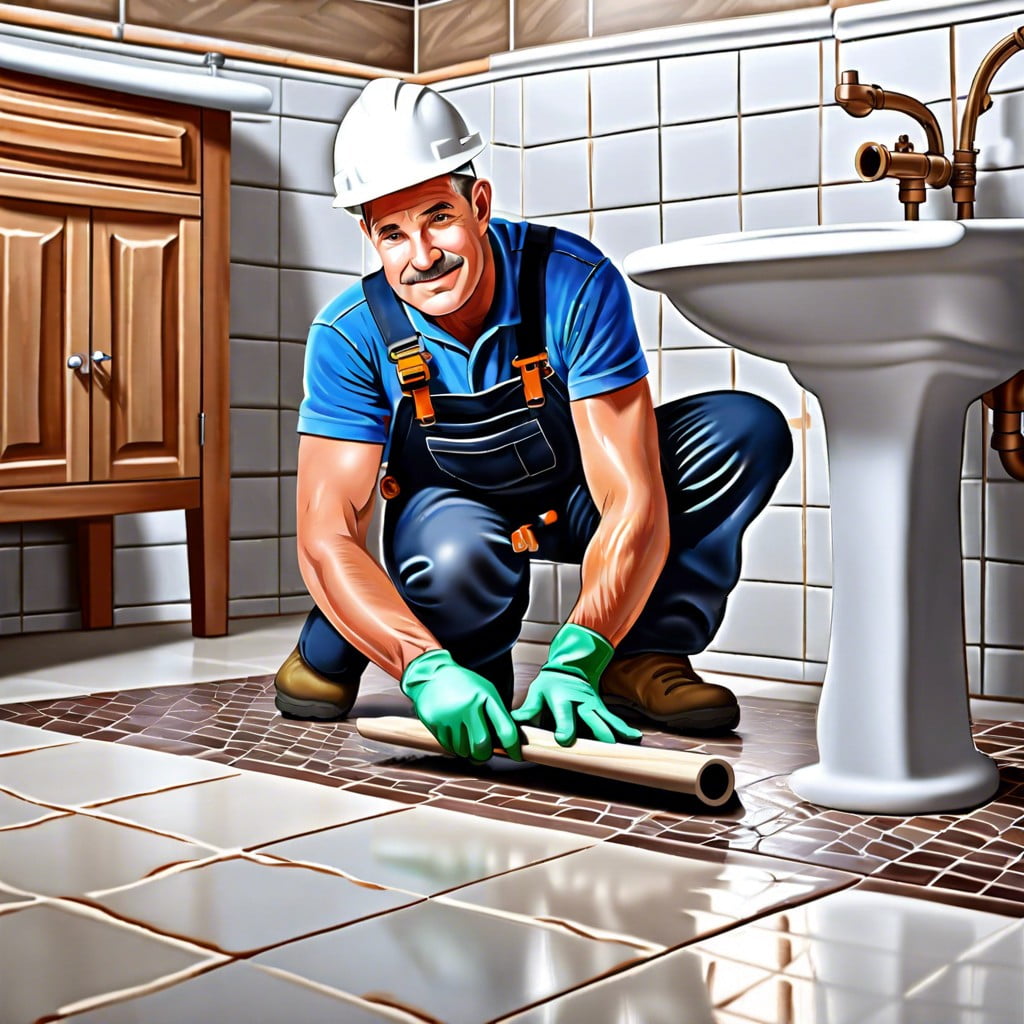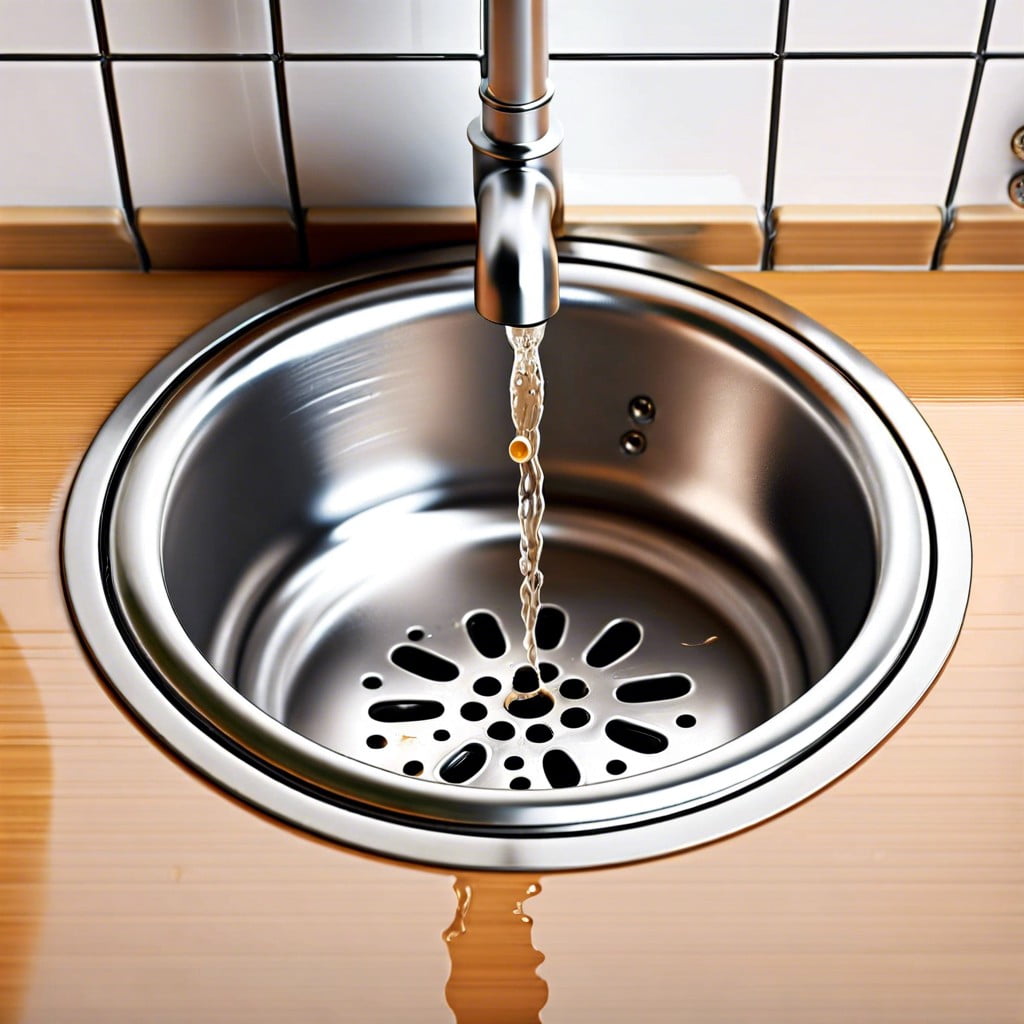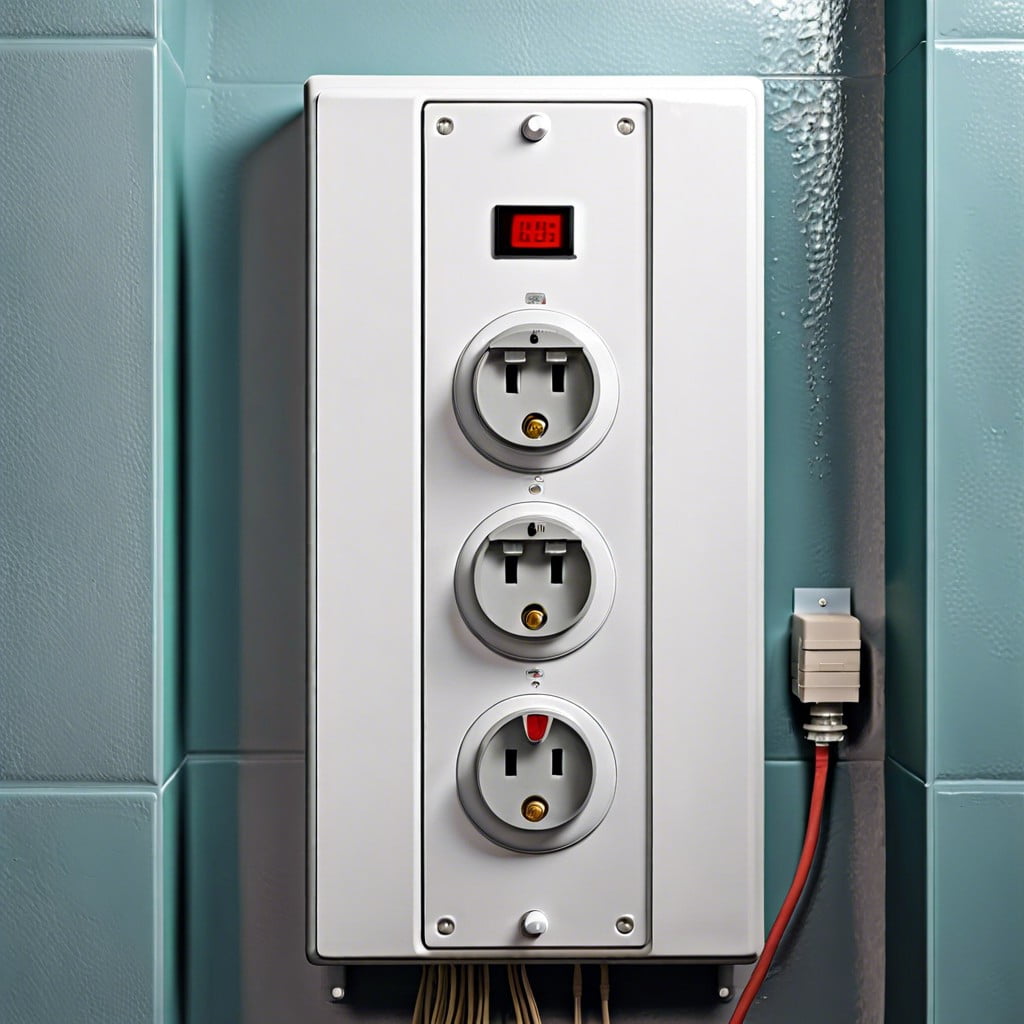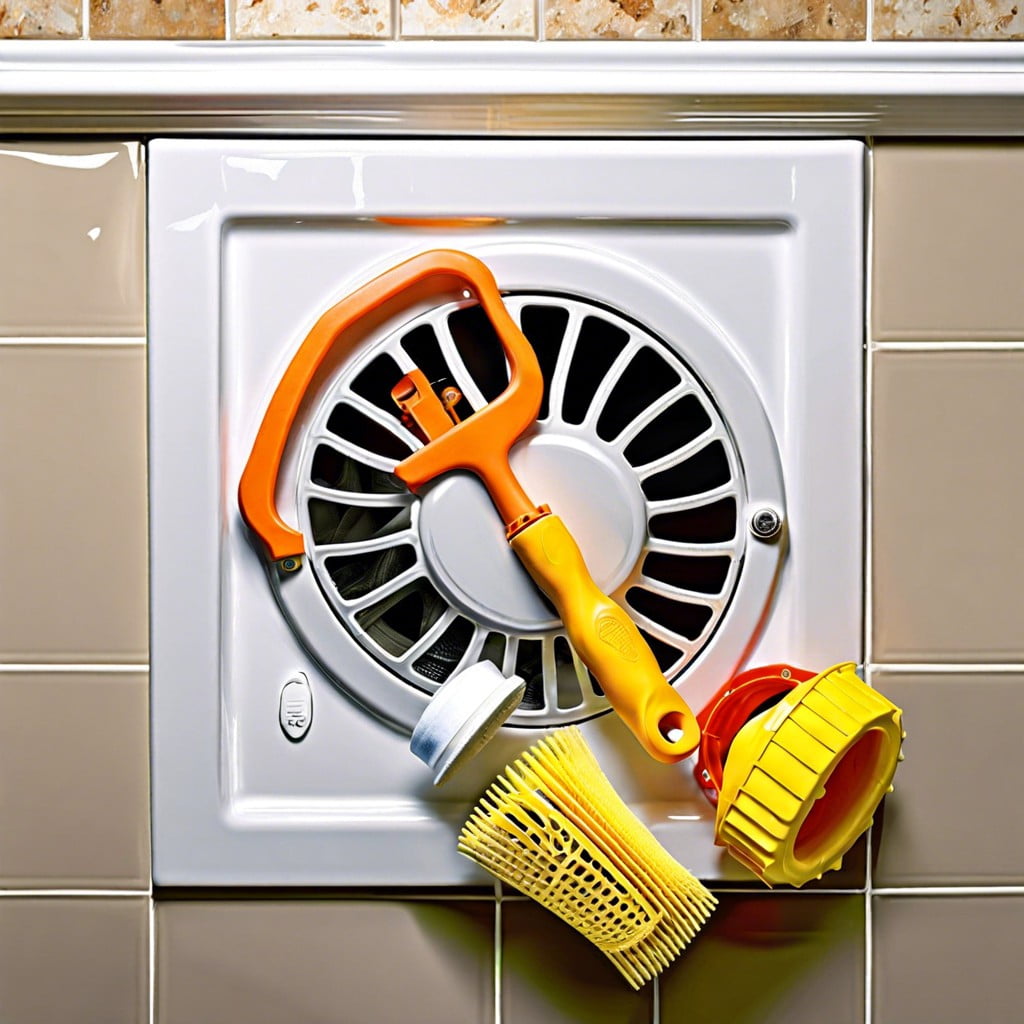Last updated on
Wondering how much your master bathroom remodel will cost and what factors will impact your budget?
Key takeaways:
- Size of bathroom: More space, more money spent.
- Quality of materials: Luxurious options can increase budget.
- Labor costs: Hiring professionals comes at a premium.
- Plumbing and electrical work: Crucial and costly undertakings.
- Customization: Adds personal flair but can be expensive.
Major Cost Factors of a Bathroom Remodel
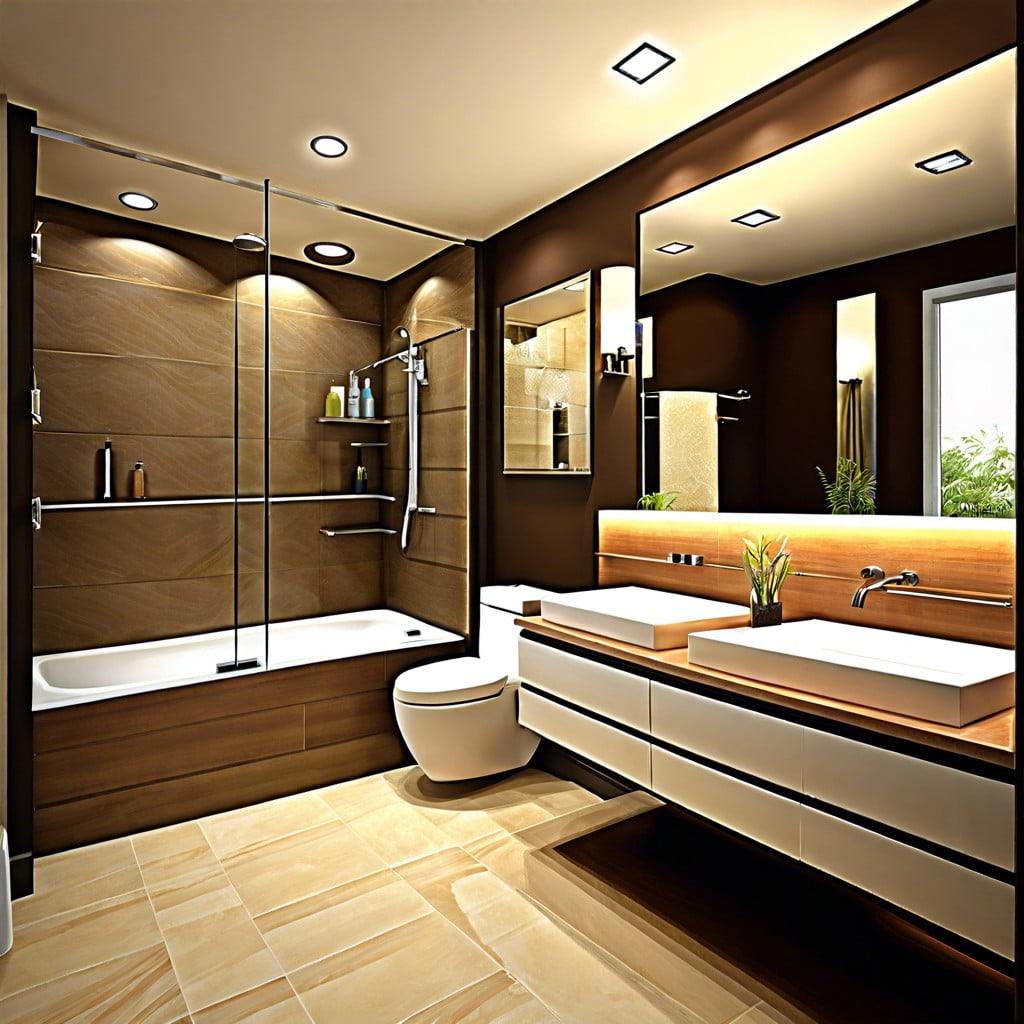
One of the main elements influencing costs is the size of your bathroom. A larger space inevitably means more materials, more labor, and yes, more money out of your pocket. It’s pretty much bathroom economics 101: more space, more spend.
Next up, the quality of materials. Opting for luxurious, high-end tiles, faucets, and fixtures can significantly bump up your budget. While those gold-plated taps might make you feel like royalty, your bank account might not feel the same.
Labor costs are another biggie. Hiring skilled professionals ensures top-notch work but often comes at a premium. Think of it as the cost of stress-free peace of mind.
Plumbing and electrical work can’t be ignored either. Moving plumbing fixtures or updating electrical systems are crucial, yet costly, undertakings. This is particularly true for older homes where you might find “surprises” lurking behind walls.
If customization is your jam, add a few extra dollars (or a lot). Custom vanities, bespoke cabinetry, and tailored lighting solutions don’t come cheap, but they do add that personal flair.
Finally, don’t forget permitting fees and unforeseen hiccups. Building permits can add to the bill, and unexpected issues—think mold or outdated wiring—can turn into budget busters.
So, while dreams of a spa-like oasis dance in your head, it’s wise to keep these factors in mind to avoid waking up to a financial nightmare.
Professional Vs. DIY Remodeling
Hiring a professional can save a lot of time, but it can also drain your wallet. Pros offer expertise, ensuring your remodel is done right the first time. Plus, they can navigate tricky stuff like plumbing and electrical work, where mistakes can be costly.
On the flip side, going DIY means you control costs directly. However, be prepared to tackle unexpected challenges. You might end up spending more time (and possibly money) fixing mistakes.
If you’re somewhere in between, consider a hybrid approach: hire a pro for complex tasks and handle simpler jobs yourself. This way, you get the best of both worlds without breaking the bank.
How to Save On a Bathroom Remodel
First, focus on what truly needs a facelift. Switching out old fixtures for new ones can give your bathroom a fresh look without draining your wallet. Think new faucets, lighting, and perhaps a chic mirror.
Secondly, consider resurfacing instead of replacing. Instead of tearing out that drab bathtub, look into reglazing it. It’s way cheaper and achieves the same glossy finish.
Another goldmine for savings: befriend your local salvage yard. Seriously, you’d be amazed at the treasures—vintage sinks, unique tiles, or even that perfect clawfoot tub. Recycling materials is not only budget-friendly but also eco-conscious.
Speaking of tiles, opt for ceramic over porcelain. They look similar, but ceramic tiles are kinder to your budget. And if you’re eyeing a fancy backsplash, use expensive tiles sparingly, like a piece of art, surrounded by more affordable ones.
Lastly, don’t underestimate the power of a good paint job. A fresh coat of paint can transform the room. Choose moisture-resistant paint to keep it looking good longer. Walls won’t judge if they get a facelift more often than an actor!
By being strategic, stylish, and maybe a bit sneaky, you can get that dream master bathroom without selling a kidney.
Get Started With Our Comprehensive Pricing Guides
Ready to dive into the nitty-gritty of bathroom remodeling costs? Let’s break it down with some quick pointers to keep things clear and breezy:
Start by identifying the essentials: How much are you willing to spend on major fixtures like the bathtub, shower, and toilet?
Don’t skip on plumbing and electrical. These hidden stars often steal the show (and your budget). Make sure to allocate enough funds for any updates or repairs.
Think about the finishing touches. We’re talking tiles, lighting, and accessories. They might seem like tiny details, but they can pack a punch when it comes to the final bill.
Consider hiring pros versus going DIY. Each route has its own cost implications—professional labor is reliable but pricier, whereas DIY can save money but might lead to costly mistakes.
Factor in unexpected costs. A safety cushion ensures you won’t be left high and dry if your project runs into unforeseen issues.
Use our pricing guides to get ballpark figures for different renovation elements. This way, you can ensure you’re staying on track financially. And remember, we’re here to help you make sense of it all!
Recap
